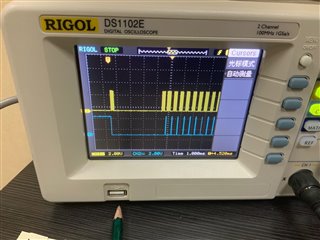Now there is a project, nrf52840 uses SPI to communicate with other microcontrollers. Data is currently available, but it is suspected that each packet lacks a second byte. The corresponding modification of SPI mode eliminates the problem of SPI mode. Are there any other parameters that affect the results of the data?
SPI Communication Program Reference Sample Program (sdk15.0 examples\peripheral\spi\pca10040)



